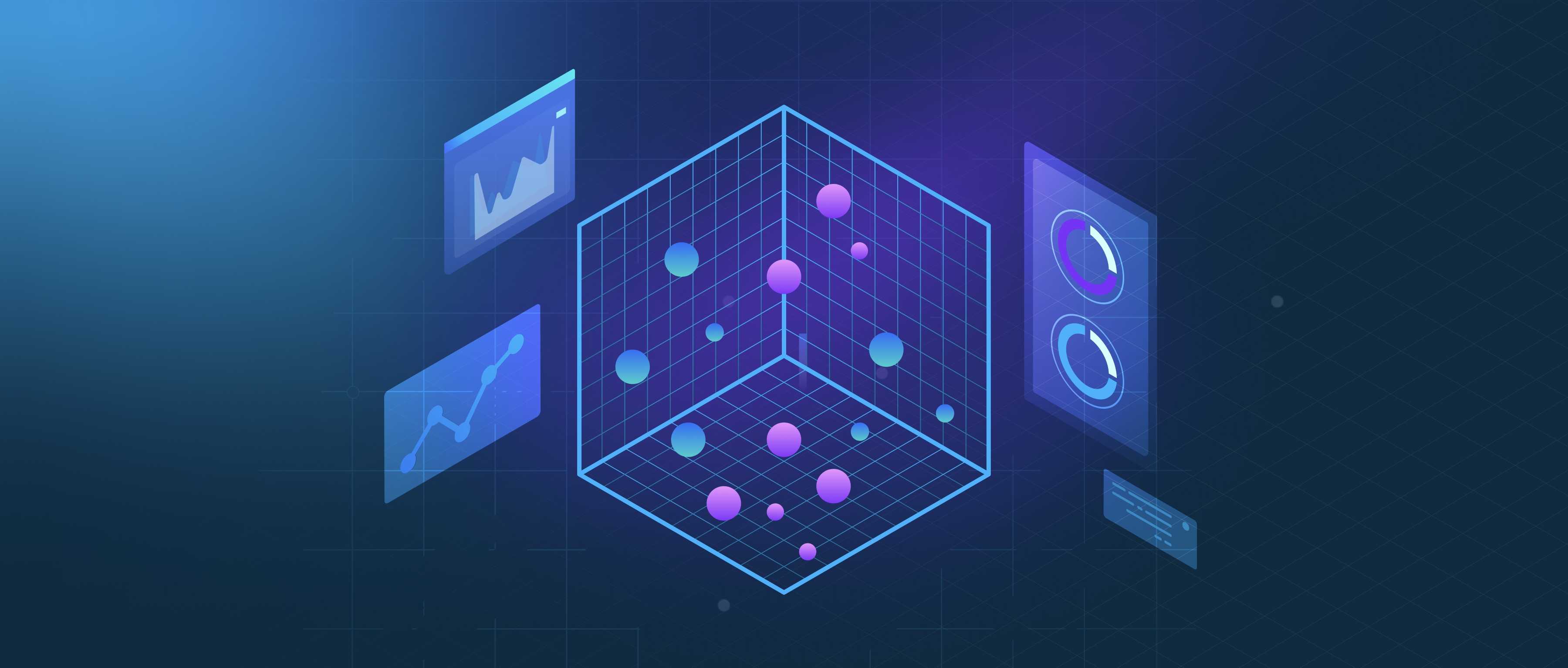Simultaneous Localization and Mapping (SLAM) is crucial for Augmented Reality (AR) applications, as it allows devices to understand and navigate through the physical world while overlaying digital information. Two common types of algorithms used in SLAM for AR are feature-based SLAM and direct methods. Feature-based SLAM relies on detecting distinct landmarks or features in the environment, like corners or edges, and then uses these points for estimating both the device's location and the map of the environment. Popular implementations include FastSLAM and ORB-SLAM, which utilize point features to optimize the localization process.
On the other hand, direct methods work by analyzing the pixel intensity values directly from camera images, focusing on optimizing the camera pose in real-time. These methods can be less reliant on high feature density in the environment and are typically advantageous in texture-rich areas. For example, techniques like DTAM (Dense Tracking and Mapping) gather information from each image without requiring a predefined set of features. This approach can provide better performance in environments with varying illumination levels or when working with objects that lack sufficient features.
In practice, developers often choose a SLAM algorithm based on the specific requirements of their application, such as computational efficiency, the type of environment, and whether real-time performance is crucial. Libraries like ROS (Robot Operating System) provide existing SLAM implementations, making it easier for developers to integrate SLAM into their AR projects without starting from scratch. Whether using feature-based or direct methods, the goal remains the same: to accurately represent the physical space in a way that enhances the user's AR experience.
